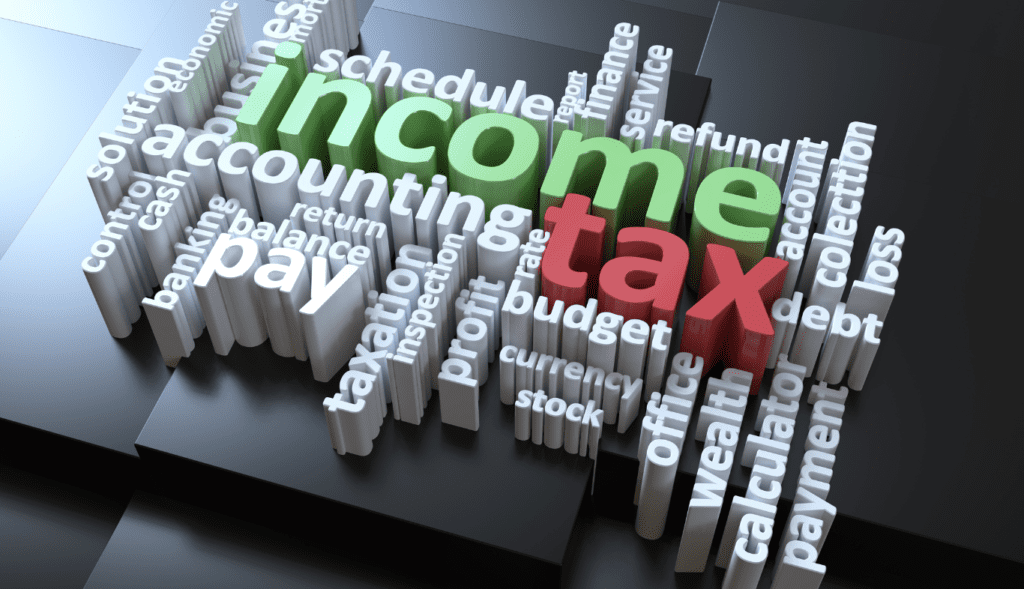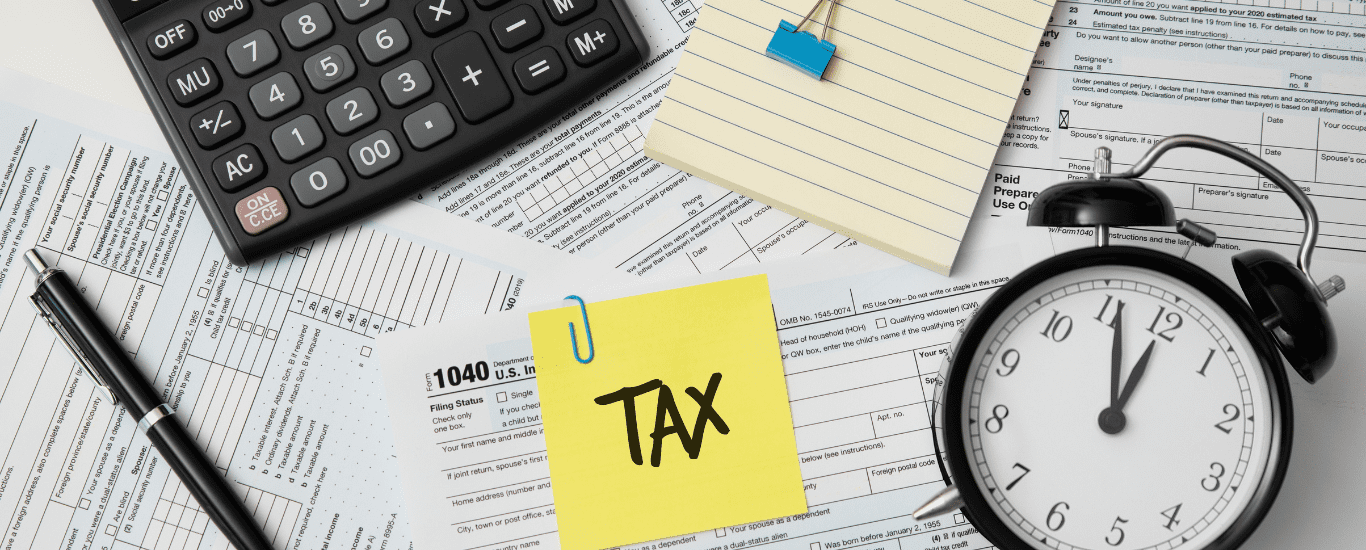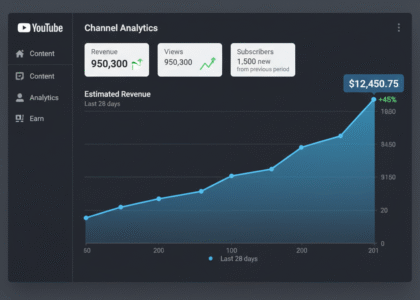Planning for retirement can feel overwhelming, but using tax-advantaged retirement accounts is one of the smartest moves you can make. These accounts allow you to save for the future while benefiting from tax breaks, helping you maximize your retirement savings. Whether you’re just starting out in your career or nearing retirement, understanding how to take full advantage of these accounts is key to building a secure financial future.
In this article, we’ll explore the various tax-advantaged retirement accounts available, their benefits, and tips on how to use them effectively.
What Are Tax-Advantaged Retirement Accounts?

Tax-advantaged retirement accounts are investment accounts designed to help you save for retirement while offering tax benefits. These accounts allow your savings to grow without being taxed as they accumulate, and in many cases, you can deduct contributions from your taxable income. Essentially, these accounts give you a way to reduce your current tax liability while preparing for a financially secure future.
Common Types of Tax-Advantaged Retirement Accounts:
- Traditional IRA (Individual Retirement Account)
- Contributions to a Traditional IRA are often tax-deductible.
- Earnings grow tax-deferred until you begin making withdrawals in retirement.
- Roth IRA
- Contributions are made with after-tax dollars, but withdrawals during retirement are tax-free.
- Great for those who anticipate being in a higher tax bracket in retirement.
- 401(k)
- Employer-sponsored retirement plans that allow you to contribute pre-tax dollars.
- Many employers match contributions up to a certain percentage, providing a “free” boost to your savings.
- Roth 401(k)
- Similar to a Traditional 401(k) but with Roth IRA tax benefits. You contribute after-tax dollars, but your withdrawals are tax-free.
Why Should You Use Tax-Advantaged Retirement Accounts?

Tax-advantaged accounts offer a range of benefits, especially when it comes to long-term financial planning. Here’s why you should consider using them:
1. Lower Your Taxable Income
Contributions to tax-deferred accounts like a Traditional IRA or 401(k) can reduce your taxable income for the year, which may help you pay less in taxes in the short term.
2. Compound Growth
Since your investments grow without being taxed during the accumulation phase, you benefit from compound growth. This means your money can grow exponentially over time.
3. Tax-Free Withdrawals (In Some Cases)
With Roth accounts, like a Roth IRA or Roth 401(k), you pay taxes upfront, but your withdrawals in retirement are completely tax-free. This can be incredibly valuable if you expect to be in a higher tax bracket in the future.
4. Employer Contributions
With 401(k) accounts, many employers offer matching contributions, essentially giving you free money for retirement. This is a benefit you shouldn’t pass up.
Actionable Tips for Maximizing Tax-Advantaged Retirement Accounts

1. Contribute the Maximum Amount
Each tax-advantaged account has a contribution limit. For example, in 2024, the contribution limit for a 401(k) is $22,500 (or $30,000 if you’re 50 or older). For IRAs, the limit is $6,500 (or $7,500 if you’re 50 or older). Try to contribute the maximum allowable amount each year to maximize your tax benefits and retirement savings.
2. Tax-advantaged retirement accounts of Employer Match
If your employer offers a 401(k) match, contribute enough to take full advantage of it. For instance, if your employer matches 50% of contributions up to 6%, make sure you’re contributing at least 6% to get the full match.
3. Consider a Roth IRA If You Expect Higher Tax-advantaged retirement accounts
If you believe you’ll be in a higher tax bracket in retirement, consider contributing to a Roth IRA or Roth 401(k). Paying taxes on your contributions now can be a great strategy if you anticipate that tax rates will rise in the future.
4. Start Early to Maximize Compound Interest
The earlier you start contributing to a tax-advantaged retirement account, the more you benefit from compound interest. Even small contributions made early in your career can grow significantly over time.
5. Rebalance Your Portfolio Regularly Tax-advantaged retirement accounts
Over time, the value of different investments in your retirement account will change. Regularly rebalancing your portfolio ensures that it stays aligned with your risk tolerance and retirement goals.
Tax-Advantaged Accounts and Retirement Planning

Tax-advantaged retirement accounts are essential tools in building a retirement plan that allows you to live comfortably. But beyond just contributing to these accounts, it’s important to consider your overall retirement strategy.
- Diversify Your Savings: While tax-advantaged accounts are powerful, it’s also important to diversify your savings across different account types and asset classes. Don’t rely solely on one type of account for your retirement savings.
- Assess Your Retirement Needs: Estimate how much money you’ll need in retirement and plan accordingly. Consider consulting with a financial advisor to determine how much you should be saving each year to meet your goals.
- Understand Withdrawal Rules: Each tax-advantaged account has different rules for when and how you can withdraw your funds without penalty. Make sure you’re aware of these rules to avoid unnecessary taxes or fees.
Get Started Today and Maximize Your Savings
If you’re ready to start saving for retirement, tax-advantaged accounts should be a cornerstone of your strategy. By contributing to a Traditional IRA, Roth IRA, or 401(k), you’ll not only reduce your taxable income now but also set yourself up for financial success in the future.
FAQs
1. What is a tax-advantaged retirement account?
A tax-advantaged retirement account helps you save for retirement while offering tax benefits, such as tax deductions or tax-free withdrawals.
2. Can I contribute to both a Roth IRA and a 401(k)?
Yes, you can contribute to both, but your total contributions must stay within the legal limits for each account type.
3. How much should I contribute to my 401(k)?
Contribute at least enough to take full advantage of any employer match. Beyond that, try to max out your contributions to make the most of tax benefits.
4. Can I withdraw from a Roth IRA before retirement?
Yes, you can withdraw your contributions (but not earnings) at any time without penalty. However, withdrawing earnings before retirement may incur taxes and penalties.
5. When should I start contributing to a tax-advantaged account?
The sooner, the better. Starting early allows your investments to grow and compound over time, maximizing your savings for retirement.
Discover More on GetCashVibe!
Want more tips on retirement planning and financial freedom? Explore GetCashVibe for more in-depth articles and resources on maximizing your savings and building a secure financial future!






